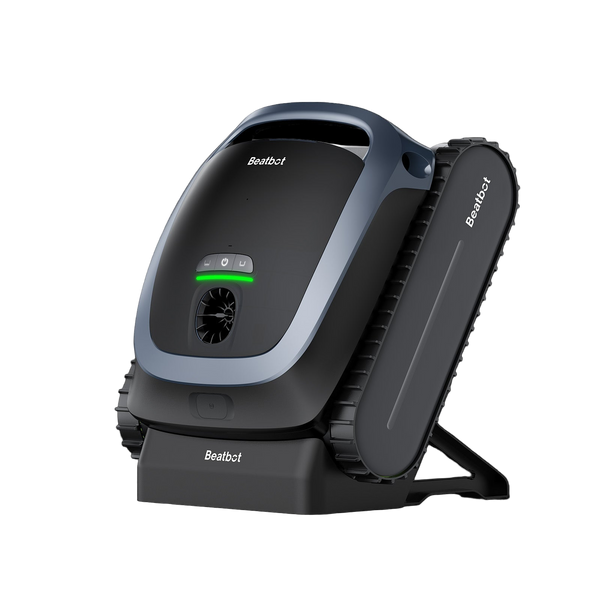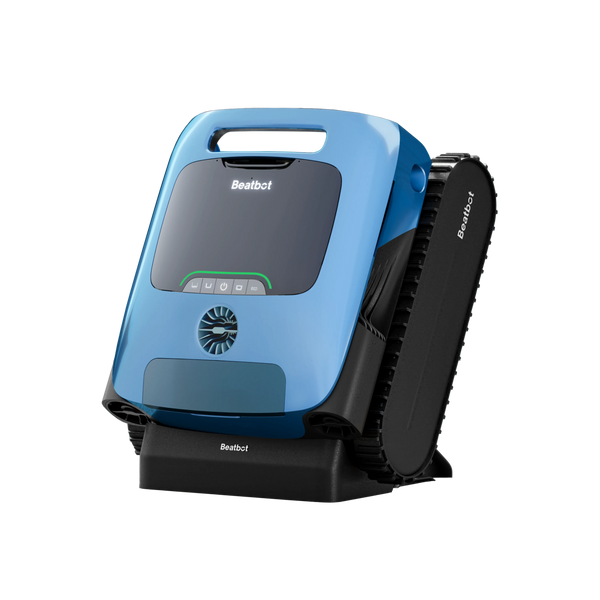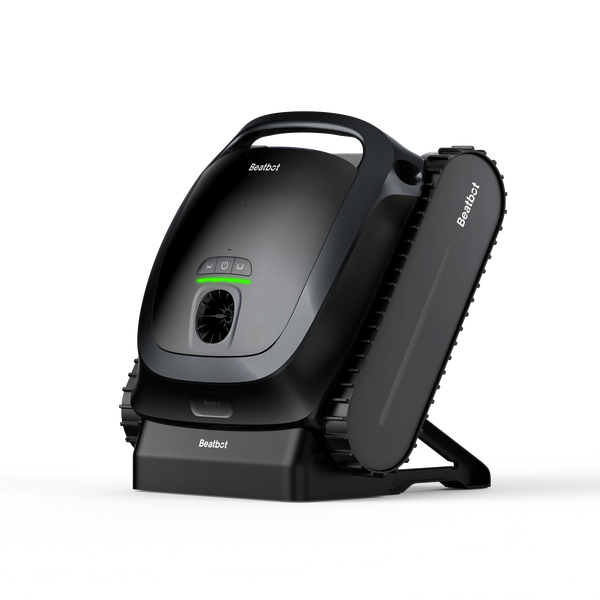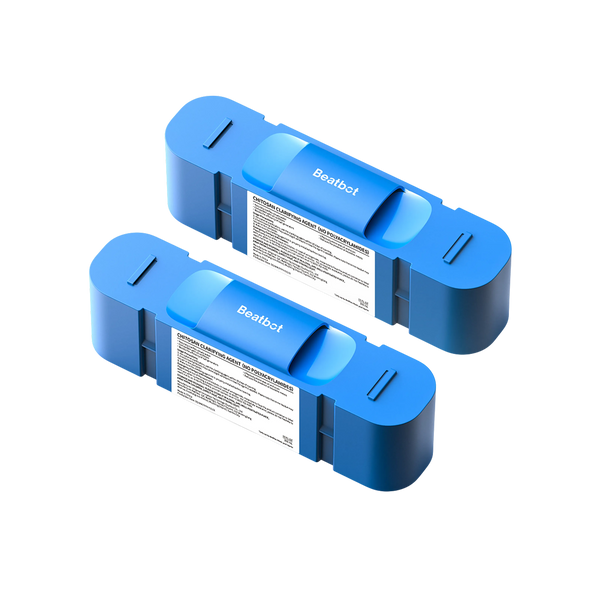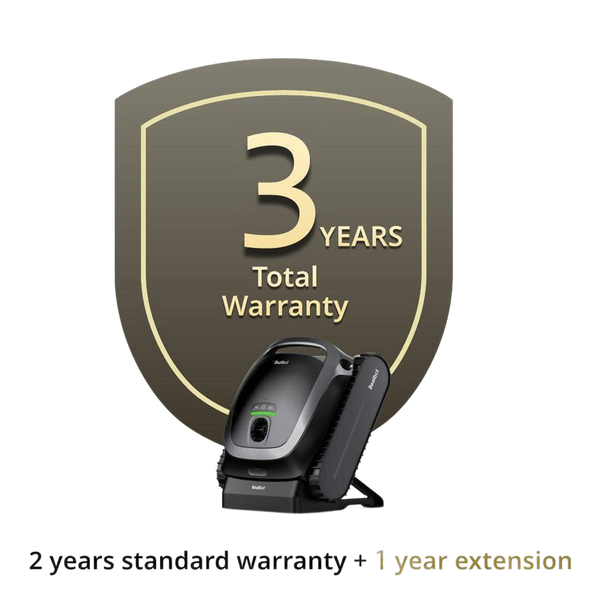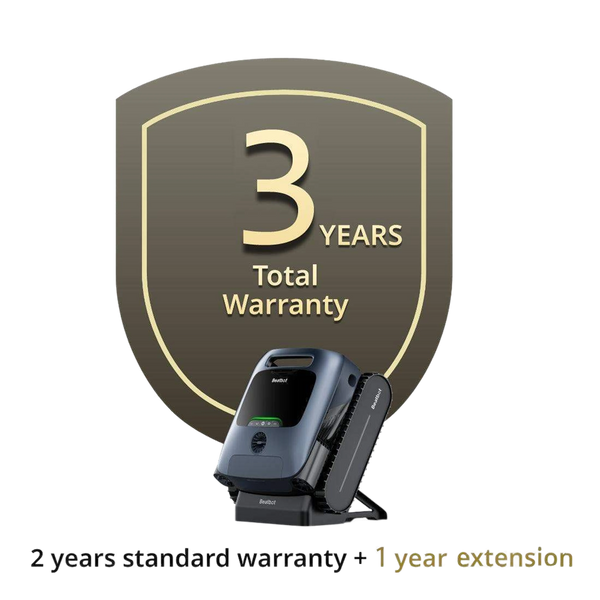Calcium Chaos on Pool Tiles: A Pro’s Real Fix and Prevention Plan
I’m Mark Evans, a seasoned pool expert and writer for Beatbot, where I channel my decades-long passion for pool design, construction, and maintenance into helping families keep their backyards dreamy. Last July, I rolled into a job in Chapel Hill, North Carolina, that put my skills to the test—a 25,000-gallon in-ground pool with tiles so crusted in white calcium buildup it looked like a snow-dusted ledge. “It’s ruining the vibe,” the homeowner, Jen, told me, her voice tight with frustration as we stood by her sleek, modern pool deck, the summer sun glinting off the murky water. Here’s how I tackled the mess, broke down the causes, and set her up to prevent it—plus some hard-earned tips from the field.
Table of contents
The Scene: A Pool Under Siege
Jen’s pool was a stunner when clean—blue glass tiles lining the waterline, a gunite finish, and a waterfall feature tucked into a landscaped corner. But now? Thick, chalky deposits clung to the tiles, especially near the skimmer where evaporation hit hardest. “It started small, but now it’s everywhere,” she said, tracing a finger along a gritty patch. The water was cloudy too, and her kids had complained of itchy skin after swims. Calcium buildup isn’t just an eyesore—it can clog systems and irritate swimmers. I grabbed my gear—goggles, gloves, and a test kit—and dug in to figure out why her oasis had turned into a scaling nightmare.

The Culprit: Chemistry and Hard Water Havoc
First stop: water chemistry. Chapel Hill sits in a hard water zone, where high mineral content is a given—I’ve seen it plague pools from Raleigh to Durham. I dipped my Taylor test strips: calcium hardness clocked in at 400 ppm (way past the 200-250 ppm ideal), pH was 8.1 (above the 7.2-7.6 sweet spot), and alkalinity hit 140 ppm (over the 80-120 ppm target). “We’ve got well water,” Jen explained, nodding toward a pump house by the garage. High pH and hard water were teaming up, pulling calcium out of solution and plastering it onto her tiles as carbonate scale. I dropped a few drops of hydrochloric acid on a sample from the tiles—bubbles fizzed up fast, confirming calcium carbonate, the softer, fizzier kind, not the stubborn silicate stuff. Low chlorine (0.5 ppm) wasn’t helping either—microbes were thriving, clouding the mix.
The Fight: Scrubbing and Acid in Action
Time to attack. I suited up with rubber gloves and goggles—safety first with acids—and mixed a solution of one part muriatic acid to four parts water in a plastic bucket, pouring the acid in slow to avoid a splashy mess. “That smells strong,” Jen said, stepping back as I sponged it onto a foot-long stretch of tiles. I let it sit for 15 minutes, watching the white crust bubble and loosen, then rinsed it off with a garden hose. The tiles gleamed, but the whole pool needed work. For the rest, I grabbed a pumice stone—soft enough for glass tiles—and scrubbed in gentle circles, dampening the surface first to ease the grind. Stubborn spots got a hit of BioGuard Scale Inhibitor, a commercial descaler I keep stocked; a light scrub with a nylon brush finished it. Two hours later, the waterline was pristine.
The Why: Neglect and Nature’s Role
Why’d it get so bad? Jen’s maintenance had slipped. “I haven’t tested in weeks,” she admitted, showing me a half-used test kit gathering dust. Neglected pH let calcium precipitate, and hard water from her well—untamed by a softener—poured in minerals unchecked. Summer heat sped evaporation, concentrating the mess at the waterline, while pollen from nearby pines fed organic haze, making the water a breeding ground. Calcium carbonate’s a beast in hard water zones—test with soapy water (white flocs mean trouble)—and skipping upkeep turns it into a tile-coating monster.
The Prevention Plan: Keeping It Clean
We fixed it, but prevention was key. I shocked the pool with 5 pounds of calcium hypochlorite—boosting chlorine to 10 ppm to zap organics—then adjusted pH to 7.4 with 3 quarts of muriatic acid and dropped alkalinity to 100 ppm with a dry acid dose. “Test weekly,” I told Jen, handing her a fresh kit. I suggested brushing tiles monthly with a stiff pool brush to stop buildup early, and a cover—a tarp she already owned—could cut evaporation woes. “No more calcium bombs?” she asked, hopeful. “Not if you stay on it,” I grinned. Limit chlorine overuse, monitor hardness (add a sequestering agent like HEDP if it climbs), and you’ll keep scale at bay.

By day’s end, Jen’s pool was a showpiece again—tiles shimmering, water clear, kids splashing without a scratch. “I didn’t know it could get this bad,” she said, marveling at the transformation. Calcium buildup’s a sneaky foe—skin irritation, respiratory gripes, and a trashed look—but it’s beatable with the right tools: protective gear, pumice, brushes, acid, and descalers. Know your enemy (carbonate fizzes, silicate doesn’t), hit it with a mix of elbow grease and chemistry, and maintain like a pro—clean monthly, test often, adjust fast.
The Smart Edge: Beatbot AquaSense 2 Ultra to the Rescue
Here’s where Beatbot’s innovation steals the show. Picture Jen’s pool with the Beatbot AquaSense 2 Ultra —no manual scrubbing or acid mixing needed. This industry-first robot boasts AI fusion mapping and intelligent path planning, delivering five-in-one cleaning: pool floor, surface, walls, waterline, and water quality. Its 13400mAh battery powers up to 11 hours of surface skimming or 5 hours of deep cleaning, covering 320 square meters—plenty for Jen’s pool—in one go, recharging in just 4.5 hours. With AI spot cleaning for the floor and independent sunledge mode, it tackles tricky spots, while its dual-layer filter (150μm+250μm) grabs leaves, hair, sand, and particles as small as 150 microns. It even handles saltwater pools under 5000 PPM and works on concrete, vinyl, fiberglass, tile, or steel—above or in-ground—from 1.31 to 9.84 feet deep, cleaning steps wider than 0.98 feet.
For Jen, this would’ve turned a three-hour slog into a hands-off breeze—drop it in, let it scrub and clarify, and enjoy a scale-free pool with zero fuss. As a pool pro, I’m sold on how Beatbot’s tech transforms maintenance into magic.
Relative Blogs
About the author




